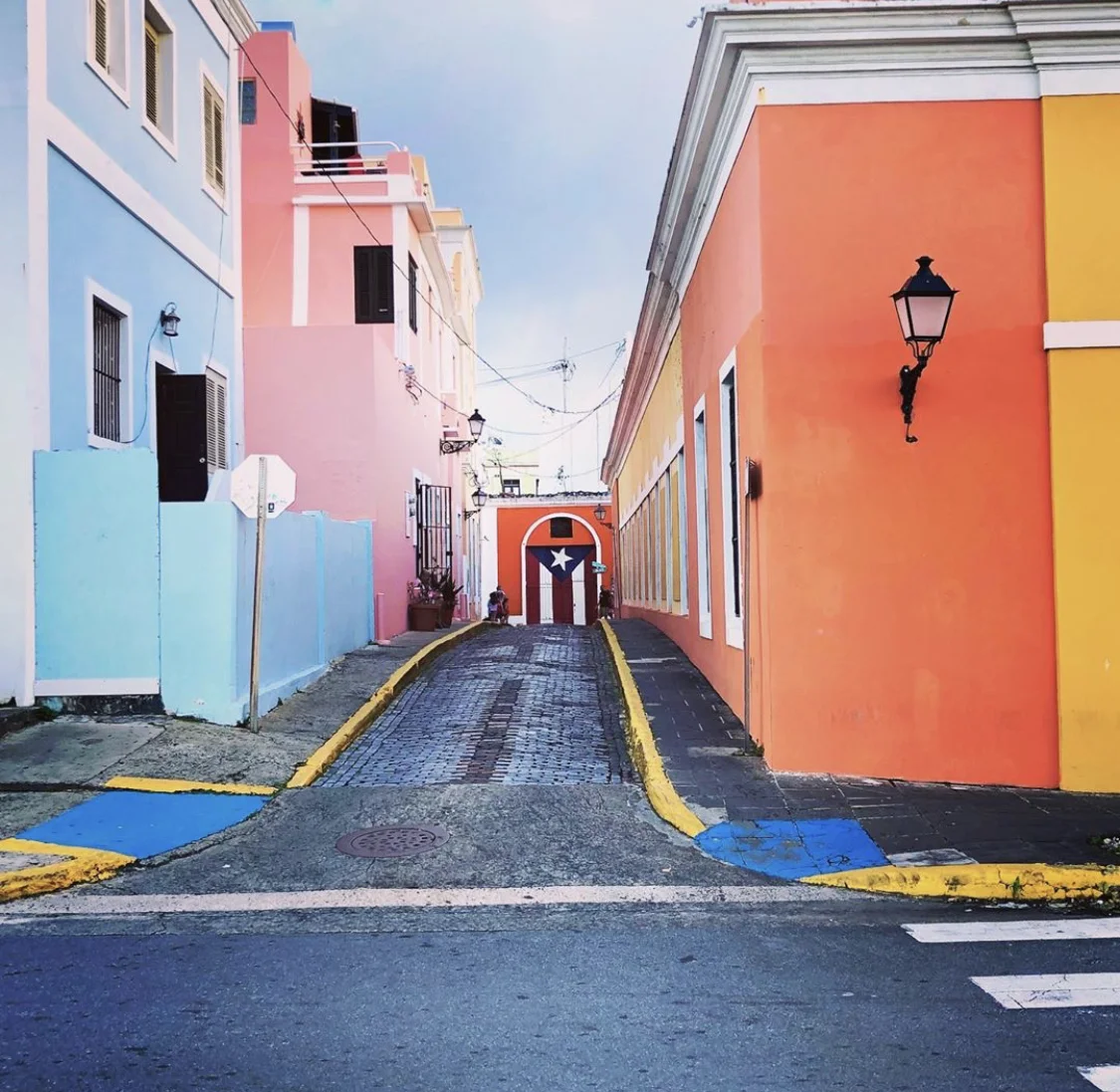Thousands attended the 62nd National Puerto Rican Day Parade in Manhattan New York on Sunday. This brings together Boricuas from all over. In the past I have attended many of these parades enjoying the culture, indulging in the food, hearing the music and dancing salsa through the streets. When the crowd dwindle and the streets were cleaned, I walked away embellished from head to toe in clothing made with the proud flag of puerto rico.
San Juan, Puerto Rico 2019
I am currently working on a series influenced by the Vejigante Mask.
Vejigante festivals are celebrated throughout the island of Puerto Rico, but no place has the pageantry and passion like they do in Ponce where the vejigante mask has been artfully created and worn in honor for more than 300 years.
History of the Vejigante Mask
The origins of the tradition go back to 12th century medieval Spain. The vejigante represented the evil Moors who were defeated by St. James. People dressed as demons (vejigantes) in a procession thrown to honor St. James.
In the 17th century the vejigantes began to more generally represent good v. evil. In Puerto Rico, the Taino culture is also a part of the festival, and the vejigantes are heavily influenced by music, more specifically bomba and plena.
The mask itself is known as a “máscara careta,” which literally translates into “grimace mask”, and poignantly describes the scary look on its face. The vejigante is the person in costume who carries a vejiga (cow bladder) gigante (giant). The cow bladder is inflated and dried in the sun, then filled with seeds or beans and the vejiga is used by the vejigante as a “weapon” during the parades and celebrations, as they playfully bop people with the rattle. Today it’s rattles and colorful costumes that also adorn the mask.

